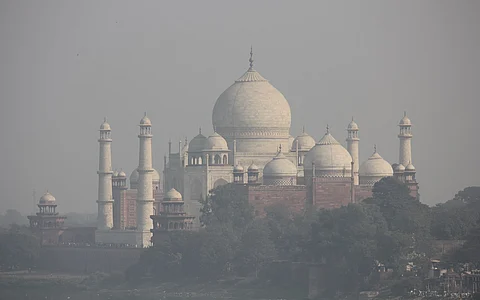

Every 10 microgram per cubic metre increase in PM2.5 concentration led to an 8.6 per cent increase in mortality among people of 655 Indian districts between 2009 and 2019, a study by Sweden’s Karolinska Institutet has found.
It added that 3.8 million deaths over the period can be linked to air pollution levels above India’s own air quality guidelines of 40 micrograms per cubic metre.
“Compared to the stricter guidelines recommended by the World Health Organization (WHO) — only 5 micrograms per cubic metre — the figure rises to 16.6 million deaths. That’s almost 25 per cent of all mortality during the study period,” a statement from Karolinska Institutet noted.
The entire population of India lives in areas where PM2.5 levels exceed WHO guidelines, the study highlighted. “This means that almost 1.4 billion people are exposed year after year to air pollution that can negatively affect health. In some regions, levels of up to 119 micrograms per cubic metre were measured, significantly higher than what both the WHO and India consider safe,” according to the statement.
Current guidelines in India are not sufficient to protect health, with stricter regulations and measures to reduce emissions being of utmost importance, Petter Ljungman, last author and researcher at the Institute of Environmental Medicine at Karolinska Institutet was quoted.
The researchers also highlighted that PM2.5 concentrations have continued to increase in many areas. It is vital that emissions be reduced locally and also, the long range of air pollution should be taken into account as PM2.5 particles can travel hundreds of kilometres.
The study was funded by Formas. It is a collaboration between researchers from universities in India, Sweden, USA, Israel and Italy.
Estimating the effect of annual PM2·5 exposure on mortality in India: a difference-in-differences approach has been published in the journal The Lancet Planetary Health.
(This is a developing story)